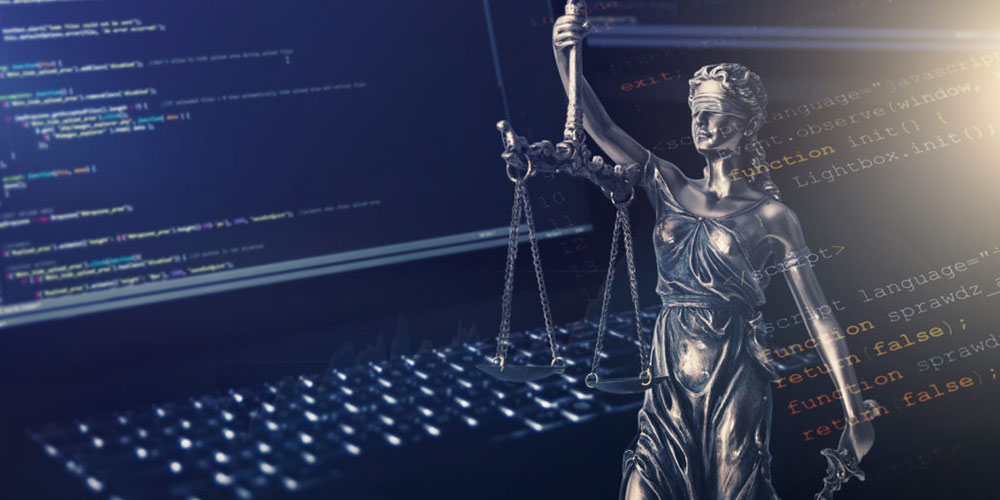Technology competence is an ethical requirement in more than 40 states. Beyond Rule 1 Competence, knowing technology helps lawyers comply with the duty of confidentiality and other rules of professional conduct. For litigators that includes the duties of candor and fairness.
Technology regularly meets the duty of candor in litigation
The duty of candor governs statements to the court. ABA Model Rule 3.3 Candor toward the Tribunal provides in pertinent part:
(a) A lawyer shall not knowingly:
(1) make a false statement of fact or law to a tribunal or fail to correct a false statement of material fact or law previously made to the tribunal.
These are some commonplace scenarios in discovery that illustrate the importance of electronically stored information (ESI), eDiscovery workflows and litigation technology:
- Case management plan has a section for the parties’ electronic discovery statements, including ESI sources and anticipated use of technology assisted review (TAR);
- Telephonic discovery conference is held to resolve a dispute over the production format of mobile data;
- Motion to limit the scope of discovery based on proportionality factors such as cost and burden to collect and review voluminous ESI;
- Motion for sanctions for spoliation of text messages and instant messages alleges insufficient legal hold notice and failure to disable auto-delete settings;
- Expert report cites date- and timestamps from metadata for key documents;
- Attempted clawback of unintentionally produced privileged documents hinges on the reasonableness of producing party’s review protocol and quality control measures.
Technology intersects with fairness at many eDiscovery stages
Where candor is a duty owed to the court, fairness is a duty owed to the opposing party and counsel. ABA Model Rule 3.4 Duty of Fairness intersects with eDiscovery in two subsections.
First, subsection (a) provides:
[A lawyer shall not] unlawfully obstruct another party’s access to evidence or unlawfully alter, destroy or conceal a document or other material having evidentiary value.
The connection to preservation is obvious. Preservation failures, both unintentional and deliberate, consistently provide the most dramatic examples of lost discoverable data.
Spoliation can and does occur at other eDiscovery stages as well. In particular, metadata is easily altered during copying. It’s important to use defensible tools and processes during collection and processing.
Second, subsection (d) provides:
[A lawyer shall not] in pretrial procedure, make a frivolous discovery request or fail to make reasonably diligent effort to comply with a legally proper discovery request by an opposing party.
Today technology is part and parcel of complying with discovery requests.
On the left side of the Electronic Discovery Reference Model (EDRM), litigators must navigate the clients’ systems to identify and collect responsive data sources. On the right side, litigation technology is used to effectively and defensibly search, analyze and review ESI.
What litigators need to know about technology to satisfy the duties of candor and fairness
As lawyers we have an ethical duty to make honest and accurate statements to the court and reasonable efforts to comply with our clients’ discovery obligations. A pragmatic paraphrase is that we have to know what we’re talking about and what we’re doing.
Competence in these core areas of eDiscovery technology provides a solid foundation for candor and fairness in litigation:
- ESI – main types and sources relevant to the lawyer’s practice area;
- Metadata – what it is, how to use it and spoliation risks;
- EDRM – at a minimum a high-level understanding of the stages and progression of the eDiscovery workflow;
- Preservation – preservation in place vs. preservation collection, high-risk areas (e.g., auto-delete settings, BYOD, employee separation);
- Collection – importance of forensically sound collection and risks of client self-collection;
- eDiscovery tech tools – best practices for using review platforms, search tools and analytics;
- Production format – basic terminology and common pitfalls.
Arguably the most significant eDiscovery trends of the last few years are exploding data volumes and proliferating data types. Litigation technology continues to develop rapidly in response. As both the problem and the solution technology is an inescapable part of discovery.


